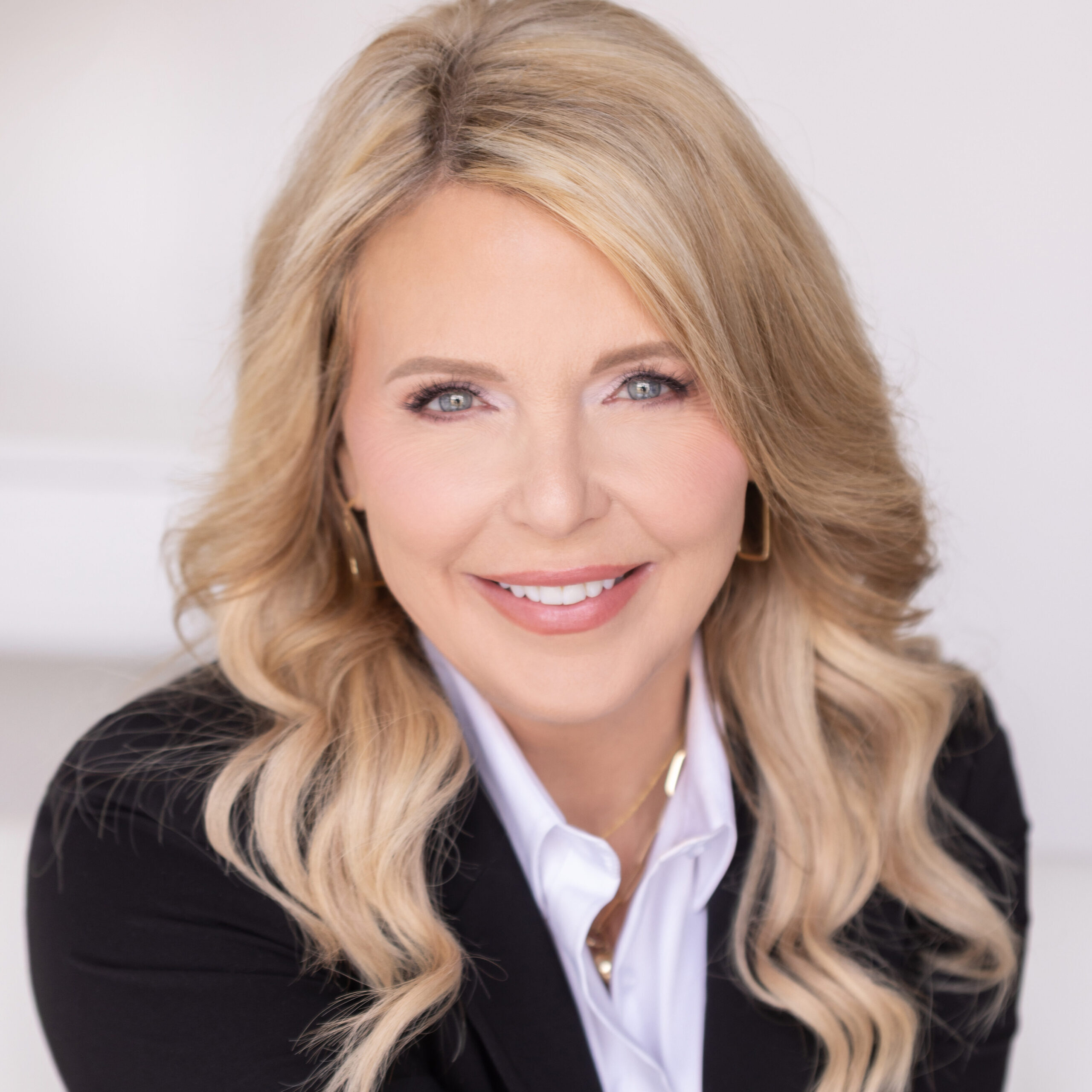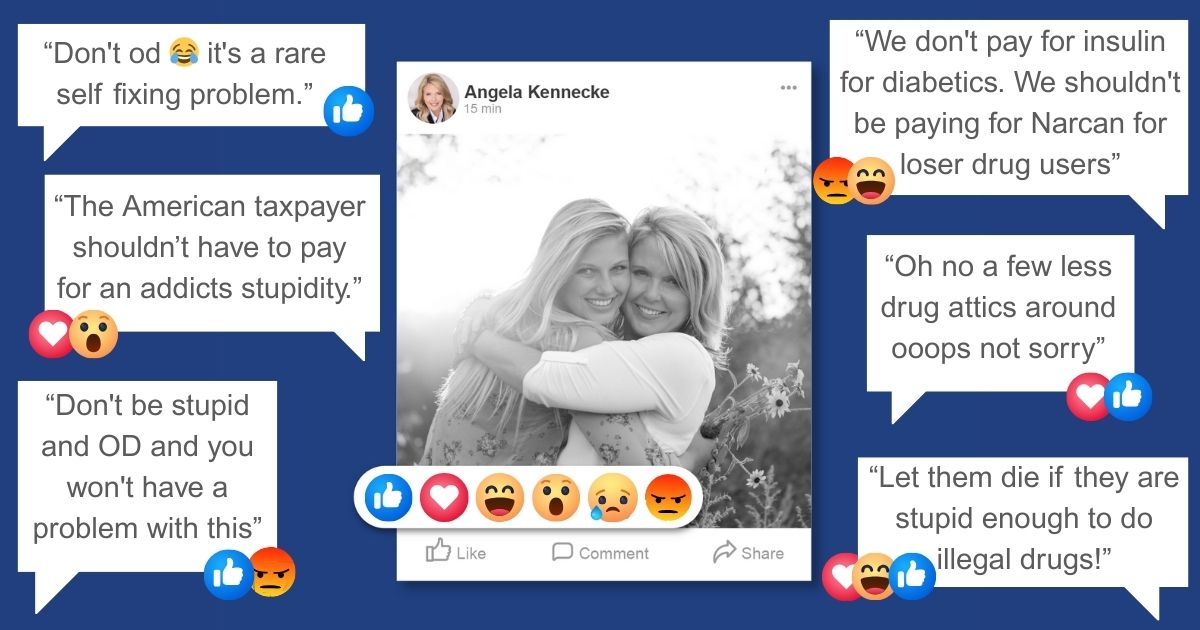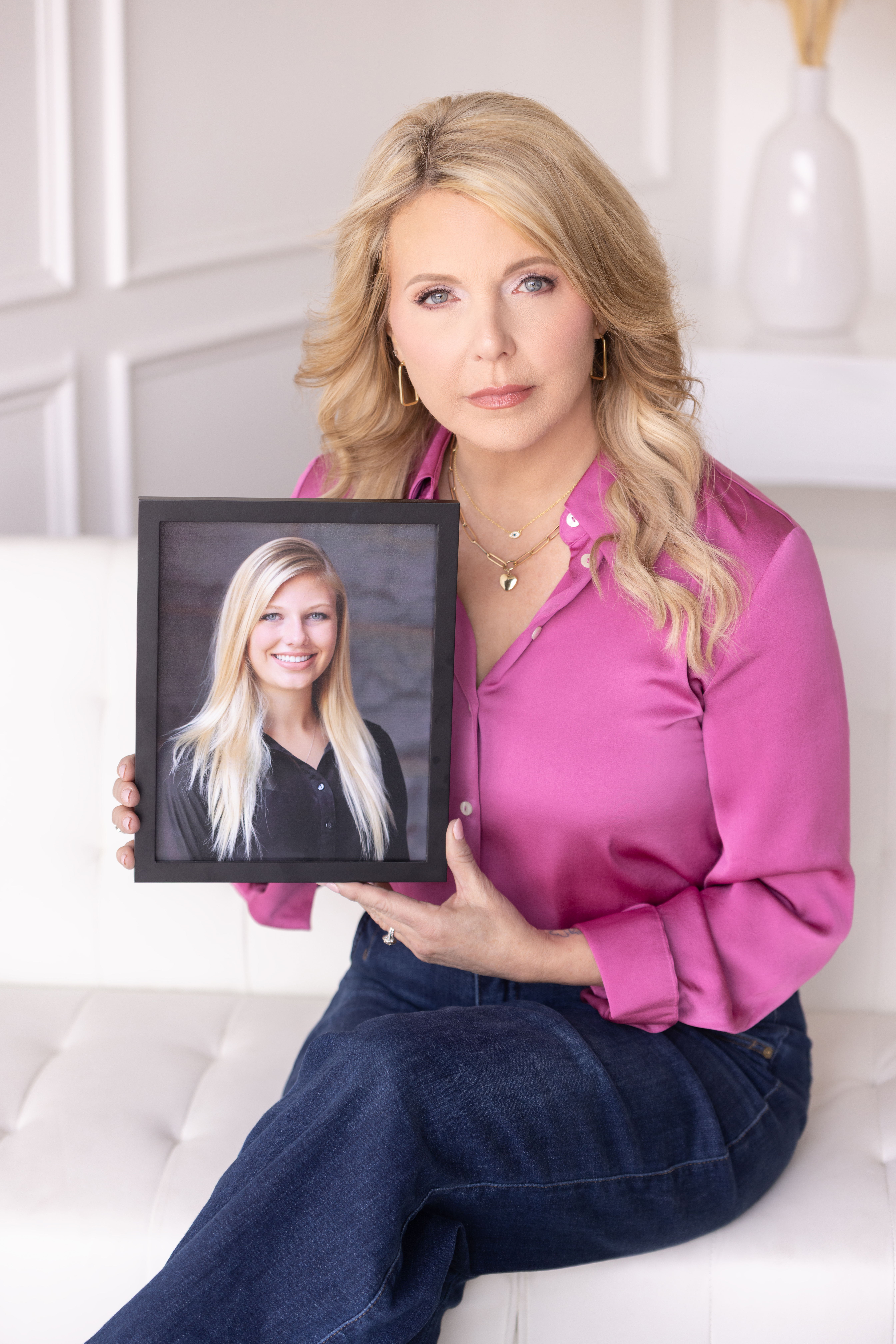Seven years ago, I lost my daughter Emily to fentanyl poisoning. Seven years ago, I turned my grief into action and founded Emily’s Hope to prevent other families from experiencing the same devastation. In that time, we’ve built substance use prevention education from the ground up, distributed thousands of naloxone kits, and reached people across the country with messages of hope, awareness, and evidence-based solutions.
But stigma is still shouting over all of it.
I was interviewed by KELO-TV about the Trump administration’s proposed $56 million cut to the federal program that supplies naloxone—also known by the brand name NARCAN—to first responders. While Emily’s Hope has launched our own effort to distribute 20,000 naloxone kits across South Dakota, this proposed cut won’t affect our program. However, it will affect countless departments and communities that rely on this funding to save lives.
In the interview, I said:
“It’s a good thing that the Trump administration renewed the opioid crisis as a public health emergency because it is, and it continues to be. But one of the reasons that we saw overdose deaths go down by about 25% nationwide is because of the mass distribution of naloxone and because every first responder has it. We don’t want to go backward on that. We just want to move forward.”
It’s a simple fact: naloxone saves lives. That should be a unifying message. But under the KELO post about this story, the comments told a much darker tale.
The Comments That Still Cut Deep
Here’s just a sample of what people felt bold enough to post publicly:
“Oh no a few less drug attics (sp) around ooops not sorry.”
—Niko Miller“Don’t od it’s a rare self fixing problem.”
—Thomas J Grasmick“Let them die if they are stupid enough to do illegal drugs!”
—David Clough
And those are just a few.
How These Comments Make Me Feel
When I read comments like this—after nearly seven years of giving everything I have to this mission—I feel gut-punched. I’ve opened my heart, shared my deepest pain, created programs rooted in compassion and science, and this is still the response?
Sometimes I feel like giving up.
This kind of stigma doesn’t just hurt me—it hurts every grieving parent who’s lost a child and been blamed for it. It wounds people struggling with substance use disorder who already carry so much shame. It makes first responders’ jobs harder. It keeps people from reaching out for help when they need it most. Cruelty like this doesn’t just sting—it kills.
Seven years—and I wake up every day fighting for other people’s children, spouses, aunts and uncles, brothers and sisters. In today’s tribal political climate, when I see comments like these, all I see are black hearts. Being mean and belittling, and not caring about human life, is so disheartening to me. I expected these comments after my daughter died, and I got a few. But after so much work, I had hoped to change hearts and minds.
Instead, we still have too many people who are simply cruel.
There was one comment by Jim Esser that said I should “donate some of [my] six-figure ‘non-profit’ income to the cause.” I don’t even want to dignify that with a rebuttal—not because it’s true (it’s not), but because fighting back on that kind of ignorance only gives it oxygen. What I will say is this: if people knew how many hours are poured into saving lives, building programs, testifying at the Capitol, and comforting other parents who’ve lost a child, maybe they’d think twice before typing out venom for sport.
Why I Won’t Give Up
One of the ways I’ve tried to fight stigma is through my podcast, Grieving Out Loud. Week after week, I speak with parents who have lost children, people in recovery, first responders, and experts who all help shine a light on the truth behind addiction. These conversations don’t just tell stories—they dismantle harmful myths. We talk about the science of substance use disorder, the emotional weight of grief, and the real, human experiences behind the headlines. It’s one of the most meaningful ways I try to connect with people and foster understanding.
But I’m not writing this blog to respond to trolls. I’m writing it because stigma is still the biggest barrier we face in ending the overdose crisis. It silences those who need help. It shames families into secrecy. It stops real solutions from gaining support.
Here’s the truth: naloxone is no different than a defibrillator or an EpiPen. As EMS Lieutenant Jaime Bartell said in the same KELO story, “If we didn’t have access to it… it’s a very big, scary thing for the community.”
So let’s stop treating it like a handout. Let’s treat it like what it is—a lifesaving tool. No one deserves to die for using a substance. Period.
What Needs to Change
Public funding for naloxone should not be controversial. Prevention, compassion, and overdose prevention efforts save lives—period. We need to stand up to stigma when we see it and educate others whenever we can.
We need more compassion. More connection. Less cruelty.
The Real Story
I started this work because of Emily. Her memory fuels everything I do, and she is not a punchline to someone’s Facebook comment. She was a daughter, a sister, a granddaughter. She was a real person with hopes, dreams, and talent. And every person we try to save is just as human.
Seven years later, stigma is still alive.
But so is my resolve.
And I will not stop fighting.
Not until every life is seen as worth saving.
Faith, Hope & Courage,
Angela



Leave a Reply